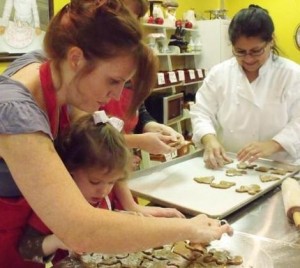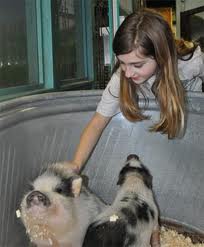Encouraging Communication in the Home
While your child learns new communication skills with his speech-language pathologist (SLP), you can also work on your own communication skills. Learning more effective means of communicating with your speech disordered or delayed child can help him progress more quickly. Take advantage of everyday activities to encourage language. Create a communication-friendly environment for your child by using techniques that stimulate verbal and nonverbal communication. Always discuss home-based speech therapy with your child’s SLP. The SLP can offer advice and suggest educational activities that are tailored to your child’s needs.
Constant Conversations
Even if your child does not join in on conversations, he benefits from hearing them. Keep up a running narrative when you are with your child. Describe what you are doing as you do it. For example, if you’re making a salad for dinner, talk about how bright red and juicy the tomatoes are. If you’re helping your child get dressed, say “Now let’s put on your sweater. We’ll put on the right arm first and now it’s time for the left arm. Help Mommy pull the sweater down over your head. Now let’s put on your shoes.”
Ask Questions
Ask your child specific questions to elicit speech. Instead of asking what he would like to eat for lunch, ask him if he would like a turkey sandwich or a peanut butter sandwich. Providing choices for your child increases the likelihood that he will voice his preference. If your child does not speak, hold up one finger when you tell him the first choice and two fingers for the second choice. Encourage him to indicate his preference by holding up one or two fingers.
Modeling Speech
Teach your child by example by providing him with good models of speech. Speak with a moderate pace and articulate every word carefully. Providing appropriate models of patterns of speech is more effective for teaching your child than pointing out his errors, which is likely to frustrate him.
For example, your child might say “See the pid” instead of “See the pig.” Rather than saying “Say pig, not pid,” you can help your child learn by saying something like “I see the pig. He’s a very big pig. Pigs are my favorite animal. What color is the pig?” In this example, you would repeat the word “pig” four times. Repeating the correct pronunciation several times helps your child learn to discern the difference between “pid” and “pig.”





